Long-Lasting Nail Polish Chemistry
The brilliant colors may be the first thing you notice when you enter a nail studio, but the chemistry that makes those polishes durable, chip-resistant, and vibrant is the actual wonder. Nail polish uses a complex recipe to keep your manicure looking great. This article explores nail polish chemistry, revealing the ingredients and processes that make these beauty items more than just color.
Over time, nail polish has changed from its initial combination of natural pigments and gum Arabic. Today’s optimal nail polish formula must combine durability, ease of application, drying time, and aesthetics. Nail polish lasts because of its film formers, plasticizers, and solvents.
Nail polish is based on the former film, a polymer that lasts. Nitrocellulose forms films most often. It makes nail paints shiny and durable. But nitrocellulose alone would form a delicate, chippable covering. This is where plasticizers help. Phthalate esters and camphor give elasticity and crack resistance. They lower polymer chain tensions and stress-induced chain slippage by lodging between them.
The viscosity and drying time of nail polish depend on solvents. Ethyl, butyl, and toluene dissolve film formers and plasticizers to create a nail-applicable liquid. The film-forming polymers and plasticizers harden into a lustrous, durable covering once the solvent evaporates. The evaporation rate and solvent balance are adjusted to dry the polish rapidly enough for practical use yet slowly enough for seamless application.
Color pigments and dyes give nail polish a vast range of colors. These pigments must be finely powdered and evenly diffused in the solvent to avoid settling and provide uniform color. Color intensity and endurance depend on pigment type, concentration, and base formula compatibility.
Modern nail polishes combine these fundamental chemicals with various additives to improve their qualities. UV stabilizers prevent polish yellowing and degradation in sunshine. Resins like tosylamide-formaldehyde resin improve nail adherence and polish longevity. Nail polishes may contain vitamins, conditioners, and antimicrobials to prevent fungal growth.
Understanding compound interactions is essential to nail polish formulation. The goal is a product that looks good and can survive daily use. Polymer chemistry and materials science are pushing the limits, resulting in gel nail paints that cure under UV light for a longer-lasting finish.
Despite the intricacy of modern nail polish formulations, chemists and formulators face hurdles. The removal method might damage nails and skin. Research is underway to make long-lasting, easy-to-remove polishes using novel polymers that adhere hard to the nail yet release readily with a particular remover.
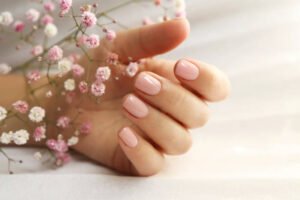
Environmental and health concerns have also led the nail polish business to eliminate certain ingredients. Dibutyl phthalate (DBP), toluene, and formaldehyde, the “toxic trio” of nail polish ingredients, have been phased out due to health concerns. This has led to the creation of “3-free,” “5-free,” and “9-free” nail paints, which omit more dangerous ingredients.
The dynamic field of nail polish formulation combines aesthetics and cutting-edge chemistry. As consumer demands change and environmental rules tighten, the industry innovates safer, more sustainable, and more effective products. Next time you admire your freshly painted nails know that intricate chemistry makes them last.
Hypoallergenic innovations Nail Polish
Beauty enthusiasts will like visiting a nail studio with endless polishes. For people with sensitive skin or allergies, nail polish is more than a color choice—it’s a health issue. Hypoallergenic nail lacquer improvements have sprung from this need to make it safer and more inclusive. The careful selection and combining of substances to reduce allergic reactions while preserving quality and longevity is fascinating and challenging.
Hypoallergenic nail polish eliminates ingredients that can cause irritation or allergic reactions. The “toxic trio”—formaldehyde, toluene, and dibutyl phthalate (DBP)—are the worst offenders. The nail polish business seeks safer alternatives because these ingredients are connected to health risks.
Nail polish chemistry is explored to provide hypoallergenic formulas. Removing toxic chemicals and making the polish adhere to the nail, dry quickly, and resist chipping and scratches is a delicate balance. Innovative researchers have used modern chemistry and materials science to find safe, effective alternatives to toxic chemicals.
Water-based nail paints are a breakthrough. Water-based polishes use water as their solvent, unlike solvent-based ones, which use toluene and ethyl acetate. This decreases allergy reactions, environmental effects, and traditional polishes’ heavy smell. However, water-based solutions struggle to match endurance and color richness. Chemists have optimized the polish’s polymer systems to build a robust, cohesive coating on the nail that can withstand regular use.
Bio-sourced components are another hypoallergenic nail paint innovation. Replacement of synthetic polymers and plasticizers with plant-based alternatives reduces product chemical load. Polish formulations can use sustainable, less allergenic ingredients like cotton or wood cellulose and vegetable plasticizers. These bio-sourced components make the polish hypoallergenic and appeal to natural, eco-friendly beauty product consumers.
The search for hypoallergenic nail polish includes coloring ingredients. Traditional pigments may contain allergens like heavy metals. Mineral and organic pigments minimize reactions; thus, innovators use them more. These pigments are thoroughly processed to remove contaminants and make them cosmetic-safe. Customer expectations for color vibrancy and range must be met without compromising safety.
Due to technological advances, novel nail polish application technologies reduce allergen exposure. Brush-on, pen-style applicators provide more accurate application, reducing polish contact with nail skin. UV-cured gel polishes, which harden under UV light, have been reformulated to remove sensitizing ingredients without losing their glossy look.

Hypoallergenic nail polish removes toxic chemicals and adds nail and skin-beneficial substances. Formulas to nourish and strengthen nails contain biotin, keratin, natural oils, and extracts. These ingredients compensate for the polish’s drying impact, fostering healthier nails.
Every bottle of hypoallergenic nail paint comes from chemists and formulators pushing beauty science. They ceaselessly evaluate substances for allergic potential, assess safety, and develop formulas to satisfy high hypoallergenic criteria. This method is time-consuming and expensive, but it produces a product that can be enjoyed by more people, including those with nail polish allergies.
As customer awareness and demand for safer, more inclusive cosmetic products grow, nail paint manufacturers develop hypoallergenic choices. These products guarantee a multicolored manicure without allergic reactions, making beauty more accessible. Hypoallergenic nail paint shows how science and creativity may create safer, more sustainable cosmetics.

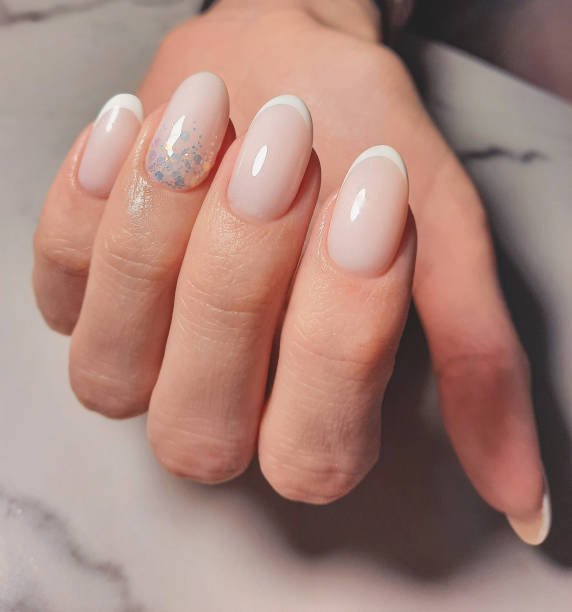


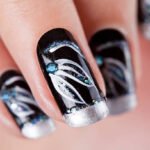

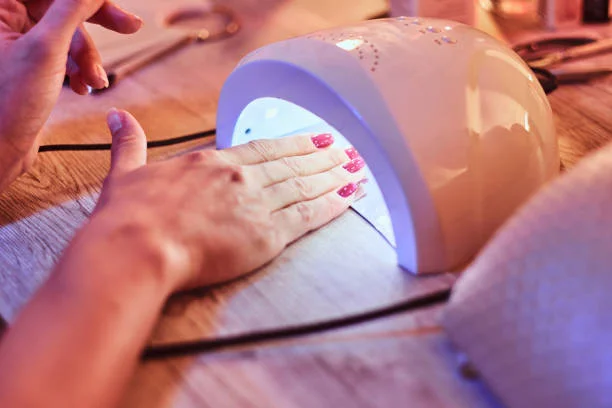

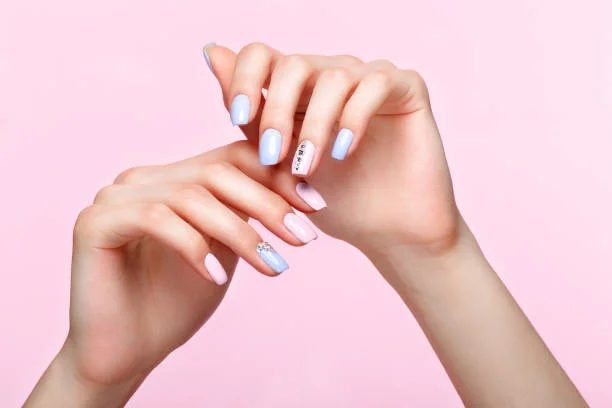
Leave a Reply